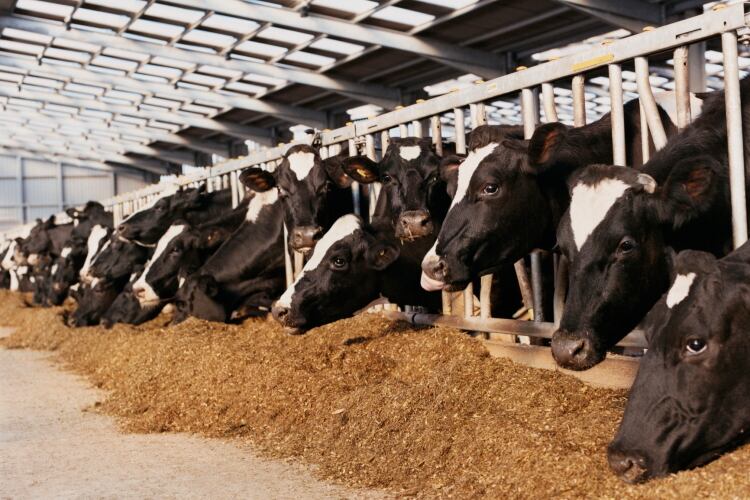The concept that dairy cows are treated more favorably than cattle raised for red meat has been challenged by a newly-published study carried out by the University of Copenhagen (UCPH).
The researchers, led by Roi Mandel, asked 70 leading bovine welfare experts from 23 counties to assess the welfare risks across the most common beef and dairy production systems in their countries. The experts, who had a median experience of at least 15 years, were recruited from Europe (35), North America (17), South America (8), Australia (5), and other regions of the world (5).
They rated separately the welfare concerns for dairy/beef calves raised for red meat, dairy/beef calves raised for veal, dairy/beef calves raised as a replacement, and for dairy/beef cows.
Their ratings showed that dairy herds were more likely to experience welfare risks compared to animals from beef herds. “These findings suggest that consuming food products derived from common dairy production systems (dairy or meat) may be more harmful to the welfare of animals than consuming products derived from common beef production systems (i.e. from animals solely raised for their meat),” the authors concluded.
The bovine experts who participated in the study were tasked with rating 12 welfare statements from 1 (very low) to 7 (very high) to determine how each production system fared in terms of welfare risks.
The format was inspired by the Welfare Quality protocol and the statements were: inadequate diet, inadequate water supply, thermal discomfort, resting discomfort, injuries, disease, pain resulting from management/handling/surgical procedures, inability to move freely, inability to perform social behavior, inability to perform other normal behaviors, experiencing negative affective states, and lack of experiencing positive affective states.
One reason why the experts rated the dairy productions systems as more harmful to welfare could be due to the ‘higher intervention’ in dairy cows’ lives, e.g. during milk collection. The authors also noted that long-term genetic selection for high milk yield in dairy cows has been recognized as a major contributor to health problems such as mastitis, lameness, reproductive disorder and metabolic disorders. Housing dairy cows indoors for at least part of the year with a higher degree of intervention from humans may also contribute to poorer welfare experience.
Other potential reasons for dairy production systems’ worse rating included housing and husbandry procedures. The researchers explained that a key difference was in how dairy calves and calves raised for red meat could or couldn’t access their dam and suckle from their mothers, with dairy calves separated from their dam much earlier than their beef herd counterparts. Refining husbandry practices ‘that have long been recognized as compromising the welfare of both cows and their calves, such as…early separation of the calves from their dams’, and providing access to pasture could lead to welfare improvements, the study suggested.
But the researchers stopped short of suggesting that calves born in dairy herds are necessarily worse off. “…[W]e emphasize that the results do not necessarily mean that animals born in dairy herds are, at any given point of time and in every type of system, worse off than animals born in beef herds,” the authors wrote. “For example, after spending several months on pasture with their dam, the welfare of beef suckler calves is expected to be substantially reduced once they are moved to feedlots, potentially below the levels experienced by many dairy calves raised for red meat.
“It would be interesting to explore whether experts would consider that improvements to the welfare of bovines in the dairy industry e.g. by keeping dairy calves with their dams, free access to pasture and the use of pain relief, e.g. in case of lameness and during practices such as dehorning would be sufficient to balance the overall welfare risk for animals raised in the two production systems.”
Source:
Dairy vs beef production – expert views on welfare of cattle in common food production systems
Elsevier, Volume 16, Issue 9, September 2022

